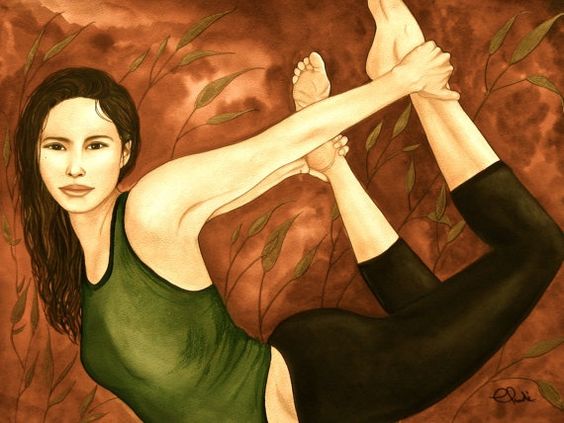Psoas, also called “soul muscle”, is the deepest muscle in the muscle system and is also the one that most contributes to stabilizing the human body, helps us maintain the balance, joint mobility, range of motion and proper functioning of organs located in the abdominal region.
This muscle, which connects the spine and legs, helps us to stand and allows us to lift the legs to be able to walk, a psoas in good condition favors a correct posture of the body and provides accommodation to the internal structure of the body.
- Did Eastern cultures give you the title?Because of its relationship to the central nervous system.
- Because when it is linked to the diaphragm.
- It is related to breathing.
We know that breathing rhythm has a two-way relationship with our emotional state, so it is considered the messenger of our psychological state, so it is the muscle that helps us oxygenate our minds.
The psoas or muscle of the soul? He is considered the spokesman for emotions, emotions that manifest themselves so much with “butterflies in the stomach”. How much with a “stomach ache. “
The stress and lifestyle that accompanies it can overwhelm the psoas, causing its shortening or hardening, causing back pain and lumbalgia, digestive problems, painful periods, etc.
If the stress state becomes chronic, the psoas eventually shortens and hardens, affecting our physical and emotional state, generating a great discomfort that eventually depletes our body.
On the contrary, the stronger and more flexible the “muscle of the soul“, the more vitality we will leave, because energy can flow freely through openings, muscles, joints, organs, etc.
To work the flexibility and strengthening of this muscle we can perform different exercises or stretches, to do this it is necessary to take into account that the muscle begins in the vertebra T12, continues through the five lumbar vertebrae and connects to the upper part of the thigh bone (femur).
Disciplines like yoga focus on the work of this muscle, because it helps to release unnecessary tensions and perform truly liberating body movements that help us reconnect with our needs.
Let’s look at some of the exercises that allow us to stretch, strengthen and flex the “soul muscle“, however, before we start defining them, we must know that we must hold each position for a few seconds, as well as repeat it with each leg. In addition, it is recommended to do it daily, and it is also convenient to do so in the morning.
Variation: Use an additional item. It’s about doing the same exercise, but placing a stool, box or chair at knee height, so that it supports you and advances the entire weight of your body, so that your left leg is straight, repeat with the other leg.
Acquiring the habit of performing these simple exercises every day will promote our physical and psychological balance. Taking the daily time to fill ourselves with psychological oxygen is something we can’t “postpone” because our well-being is something we should never postpone. Our life depends on it.
Main image by Claudia Tremblay

